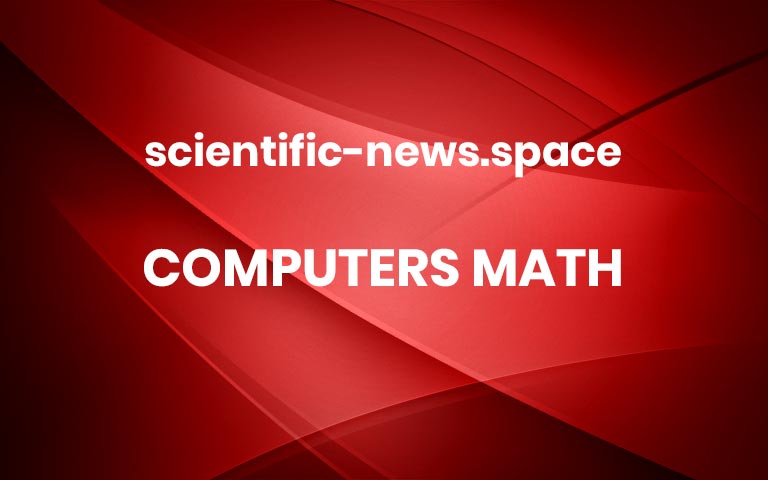Scientists reveal a tiny brain chip that streams thoughts in real time
BISC is an ultra-thin neural implant that creates a high-bandwidth wireless link between the brain and computers. Its tiny single-chip design packs tens of thousands of electrodes and supports advanced AI models for decoding movement, perception, and intent. Initial clinical work shows it can be inserted through a small opening in the skull and remain stable while capturing detailed neural activity. The technology could reshape treatments for epilepsy, paralysis, and blindness. More


